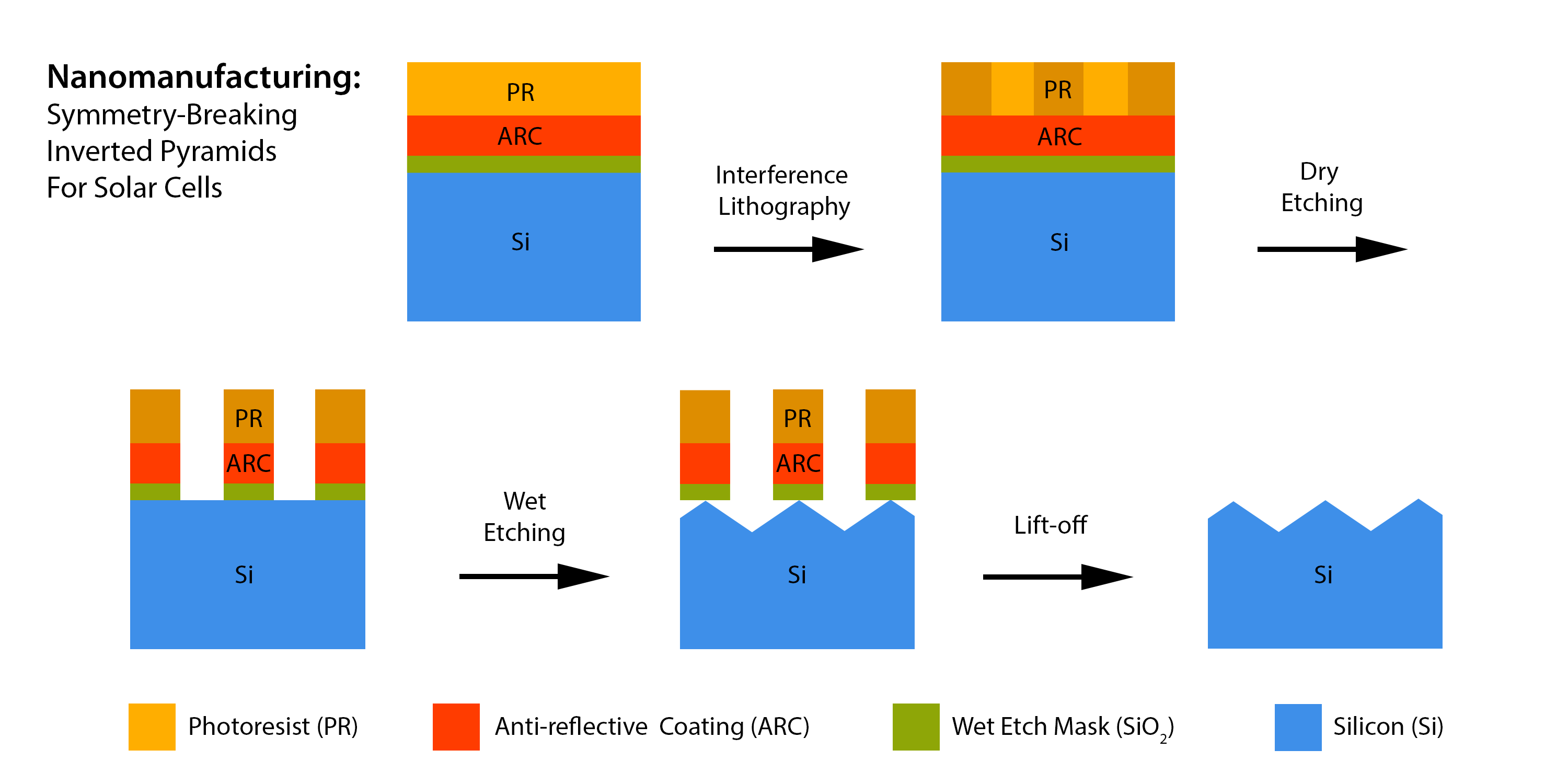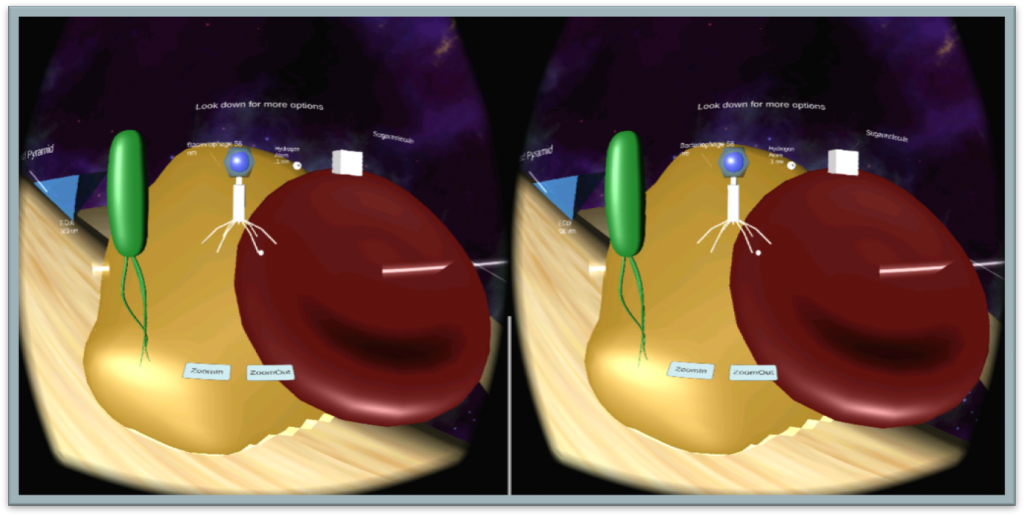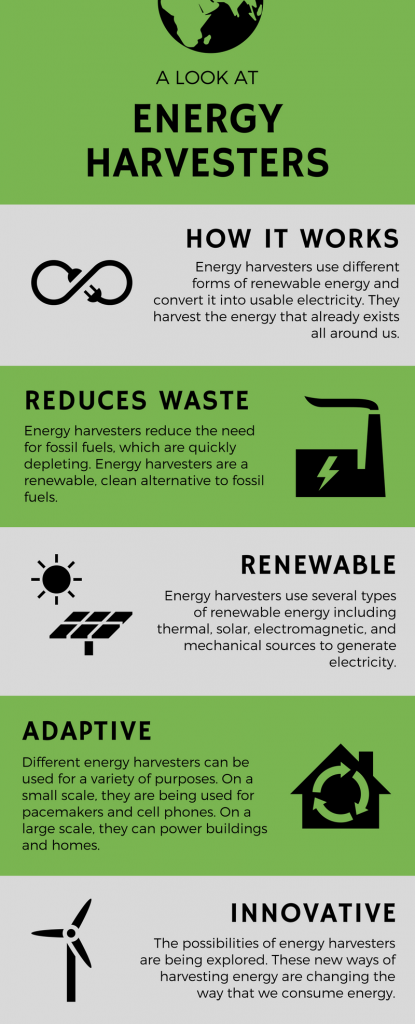SNM
Scalable Nanomanufacturing
The RAVE Lab’s goal is to educate the public about the underlying process for manufacturing light-trapping nanostructures. This particular process is the nanomanufacturing of symmetry-breaking inverted pyramids. These nanostructures are used in solar cells, making them more efficient at trapping light. Because of the increased efficiency of these solar cells, they will be light weight and will yield cost savings for consumers.

Solar Cells
Have you ever wondered how solar cells work? This animation breaks down the parts of the solar cell and how they work together to create solar power that we can use for electricity!
Explaining Nanoscience: Virtual Reality Simulation
This visualization uses a virtual reality simulation to allow immersive exploration of the nanoscale. It is a novel approach to understanding nanoscale objects and appreciating the complexity of the nanomanufacturing process.

T7 Bacteriophage
This T7 bacteriophage, a virus, is about 58 nanometers big. This is 120 times smaller than a red blood cell, which is 7,000 nanometers!
Explaining Nanoscience: NanoScience Applications
These animations are currently being implemented into a video that will visualize nano science and its applications. It will show activity at the nano level and how it creates useful technologies at the visible, macro level. It emphasizes that science at the nanoscale yields macro-level improvements.
Nanocluster Animation
Nanoscience Application: Solar Cells
Solar cells are nanomanufactured in a way that collects more energy and uses less material. Which results in less cost, and more efficiency.
Nanoscience Application: Wire
Nanoscience can be applied to improving the strength of wire. It is composed of many carbon nanotubes that are strengthened by being intertwined tightly together.
Nanoscience Application: Cancer Treatment
The medical industry is applying nanoscience to diagnosis and treatment in the form of nano robots. They are able to detect the disease, pick up the medicine, and apply it to the infected part of the body.
SEPTET
Energy Harvesters
Energy harvesters are an alternative means of energy collection for an increasingly energy dependent world. An energy harvester is a technology that transforms existing energy into electricity. Whether it’s panels beneath the sidewalk that capture the kinetic energy of walking to power nearby streetlights, or small solar cells that eliminate the need for batteries in cellphones, Energy Harvesters convert otherwise wasted energy into usable electricity. Learn more about energy harvesters by watching the video below.
Energy Harvesters Application: Smart Tiles
The RAVE Lab has partnered with the Keck Institute for Space Science to demonstrate the possibilities of a proposed energy infrastructure for the solar system called Smart Tiles. Made of small layers that provide energy and information, Smart Tiles could be dropped in Low Earth Orbit, on the moon, or on Mars to provide power in space. Smart Tiles will feel out the possibilities for space exploration.
ASUNM SHADE House
The Shade House was collaboratively created by Arizona State University and The University of New Mexico to address the inefficiencies of urban sprawl in cities located in desert climates, such as Albuquerque and Phoenix. The SHADE house’s design was inspired by the survival strategies used by many desert plants, whose robust structures capture sunlight for energy and keep their bases shady and cool to maintain equilibrium.
